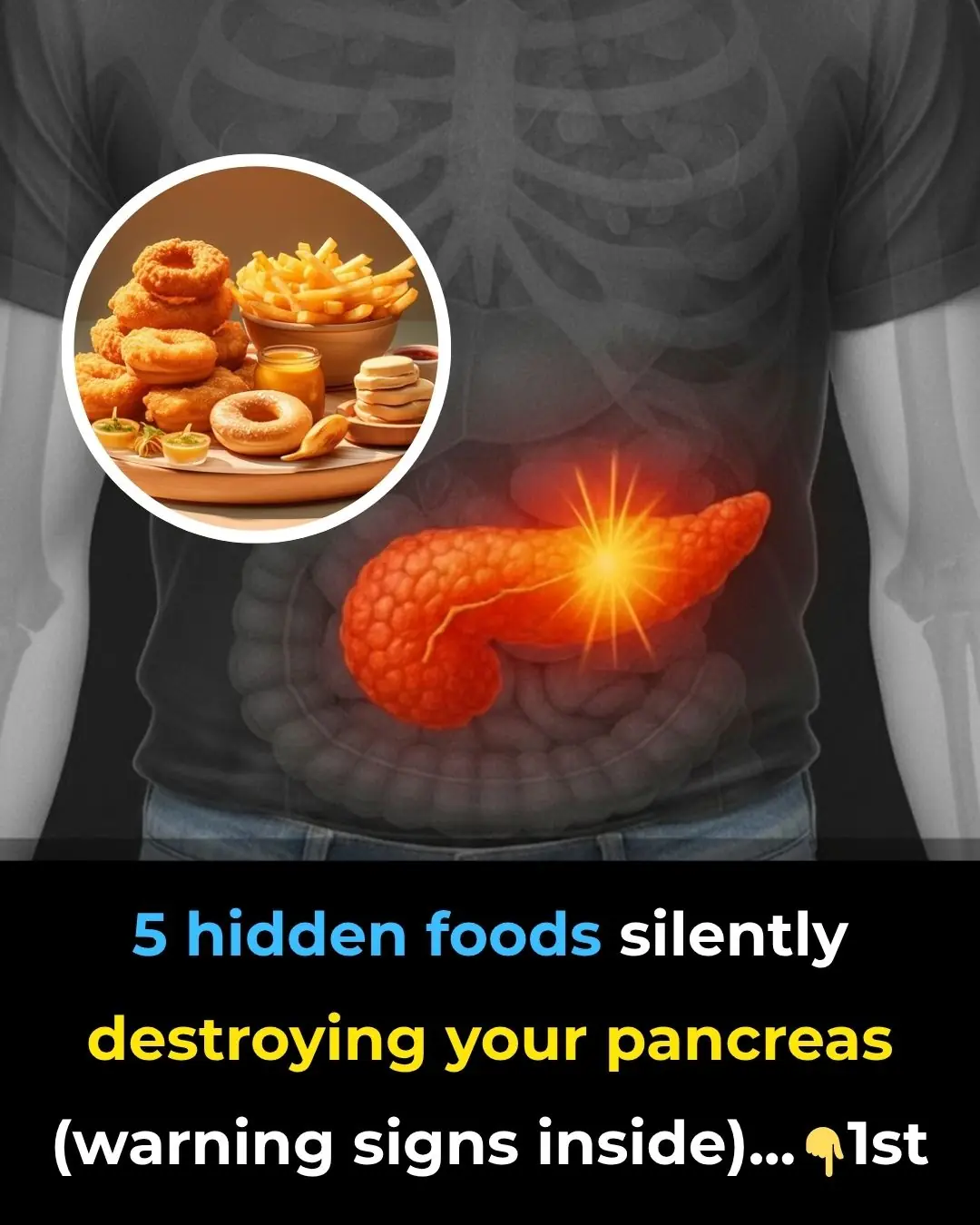
Never Ignore Excessing Licking From a Dog
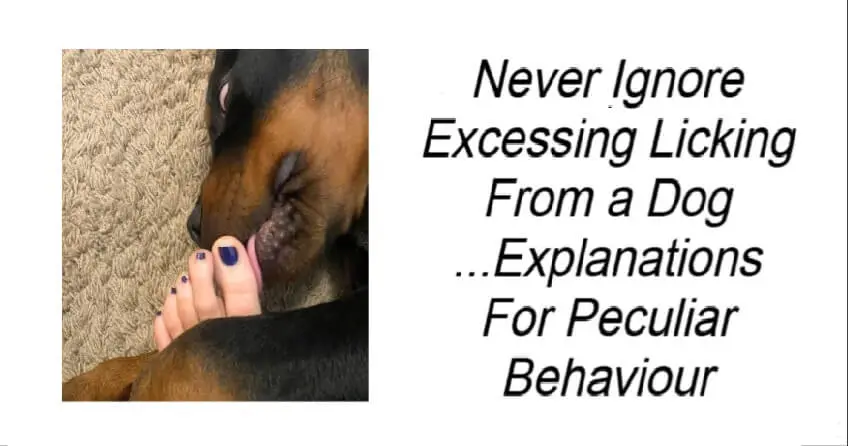
Licking is a natural and common behavior in dogs. Whether they’re grooming themselves, expressing affection, or exploring their surroundings, dogs use their tongues as a powerful tool to communicate and connect with the world around them. However, when licking becomes excessive or obsessive, it might indicate something more than just a quirky habit or simple communication.
So, when should you be concerned about your dog’s licking behavior—and what could be causing it?
In this article, we’ll explore the most common behavioral and medical reasons behind excessive licking. Our goal is to help you better understand your furry friend and recognize when it might be time to seek professional advice.
Common Behavioral Reasons for Excessive Licking
Often, frequent licking is tied to emotional or learned behaviors rather than health problems. Here are six common behavioral explanations for why your dog might be licking more than usual:
1. Boredom or Anxiety
Licking can act as a calming mechanism for dogs, releasing feel-good chemicals such as dopamine and endorphins. If your dog spends long hours alone or lacks sufficient mental and physical stimulation, licking may become a way to self-soothe and relieve stress.
Signs to watch for: Licking tends to increase during quiet times, when the dog is left alone, or when you’re away.
Helpful tips: Increase your dog’s mental stimulation with interactive toys, regular walks, and puzzle feeders. If separation anxiety is suspected, calming aids like pheromone diffusers or anxiety wraps might help.
2. Showing Affection
Dogs often lick as a way to express love and strengthen bonds. Puppies learn this behavior from their mothers and it can continue into adulthood as a sign of care and comfort.
When it happens: You’ll notice licking during calm, affectionate moments between you and your dog, or among other pets in the household.
3. Attention-Seeking or Greeting Behavior
Sometimes licking is your dog’s way of getting your attention or saying hello. It can be an ingrained greeting ritual.
If it happens: Usually when you come home, during play, or when you’re focusing your attention elsewhere.
How to manage: Redirect their energy by offering toys or rewarding calm behavior with treats and praise.
4. Habitual Behavior
Just like nail-biting in humans, licking can become a repetitive habit or even compulsive behavior if not addressed early. This might start from boredom or anxiety but then develop into an automatic response.
What to do: Use distraction techniques like commands, toys, or engaging activities to interrupt and reduce habitual licking.
5. Taste or Smell
Dogs have a strong sense of taste and smell, and they may lick your skin because it carries interesting scents—from salty sweat to food residues or scented lotions.
Tip: If licking becomes excessive, consider washing your hands regularly or avoiding heavy fragrances that might attract your dog’s attention.
6. Hunger or Anticipation of Food
Licking can also signal hunger or excitement for mealtime. Puppies instinctively lick their mother’s mouth to signal readiness to eat, and some adult dogs retain this behavior around feeding times.
Look for: Increased licking near food bowls or before scheduled meal times.
Possible Medical Causes of Excessive Licking
When licking becomes intense, focused on specific areas, or causes skin problems, it’s important to consider medical reasons. Some health issues that may lead to excessive licking include:
1. Allergies
Dogs can develop allergies to environmental factors like pollen, dust, or grass, as well as to certain foods. These allergies often cause itchy, irritated skin that the dog tries to soothe by licking or chewing.
Signs: Seasonal licking patterns, redness, swelling, or licking immediately after eating.
Next steps: A veterinarian can conduct allergy testing and recommend changes in diet or medication.
2. Skin Infections
Yeast, bacterial infections, or parasites such as mites can cause discomfort and itching, prompting your dog to lick the affected area excessively.
Look out for: A musty odor, red or scaly patches, hair loss, or persistent licking of one spot.
Treatment: Requires diagnosis and appropriate treatment prescribed by a vet.
3. Pain or Discomfort
Chronic pain from arthritis, injuries, or joint problems can cause dogs to lick the painful area as a form of self-soothing.
Warning signs: Repeated licking of joints or limbs, stiffness, limping, or difficulty moving.
Action: A vet examination, including X-rays, can help diagnose the source of pain.
4. Obsessive-Compulsive Disorder (OCD)
Some dogs develop compulsive licking behaviors due to stress, trauma, or genetic predisposition. This condition often requires behavioral therapy and sometimes medication.
Note: OCD is a complex condition that can mimic other medical issues, so professional diagnosis is crucial.
5. Gastrointestinal (GI) Problems
Excessive licking of unusual surfaces—like carpets, walls, or even the air—can be a sign of nausea or digestive discomfort.
Interesting fact: Studies have shown that around 60% of dogs with compulsive licking also have underlying GI conditions.
What to do: Veterinary tests can identify digestive issues and guide dietary or medicinal interventions.
When to Visit the Vet
You should seek veterinary advice if your dog’s licking:
-
Causes hair loss, redness, sores, or skin infections
-
Starts suddenly or is out of character for your dog
-
Is focused on one specific area, especially joints or paws
-
Is accompanied by vomiting, limping, behavioral changes, or other signs of illness
Final Thoughts: Just a Quirk or a Sign of Something More?
While licking is often a harmless way dogs communicate and cope, persistent or excessive licking should never be ignored. Understanding whether it’s due to emotional causes, learned habits, or underlying medical conditions is key to providing your dog with the right care.
Always observe your dog’s behavior closely, note any changes or triggers, and don’t hesitate to consult your veterinarian if you have concerns. With the proper attention and treatment, you can help your dog live a happy, healthy, and comfortable life.
News in the same category


6 Surprising Predictors of Divorce You Probably Overlooked

7 Ways to Repurpose Eggshells for a Greener Home and Garden

The One McDonald’s Burger That’s Always Cooked Fresh

Top 6 Upcoming Astronomical Events You Don’t Want to Miss in 2025

Woman creeped out after finding mysterious 'death day' in her iPhone calendar

Rob Gronkowski forgot he invested $69,000 in Apple and ten years later the value has completely changed his net-worth

Don’t Miss It: The Moon Meets the Pleiades on October 10!

Don’t Miss It: The Moon Meets the Pleiades on October 10!

Solar power makes history as it becomes main source of electricity for 450,000,000 people

Snapchat divides users as they announce policy to begin charging users for free feature

Worried About Having Small Breasts

Hikers Spot Owl Swimming Through a Canyon – An Extremely Rare Sight

Scientists Discover Giant Sinkhole in China With Primeval ‘Lost World’ Inside

I’ve Spent 6 Years Photographing Waves And The Many Moods Of The Ocean

The Stealthy Threat of the Evergreen Bagworm

A Rare Alignment of 7 Planets Is Taking Place in The Sky This Week

The World’s Oldest Bridge Is Still In Use, and You Can See It In Greece
News Post
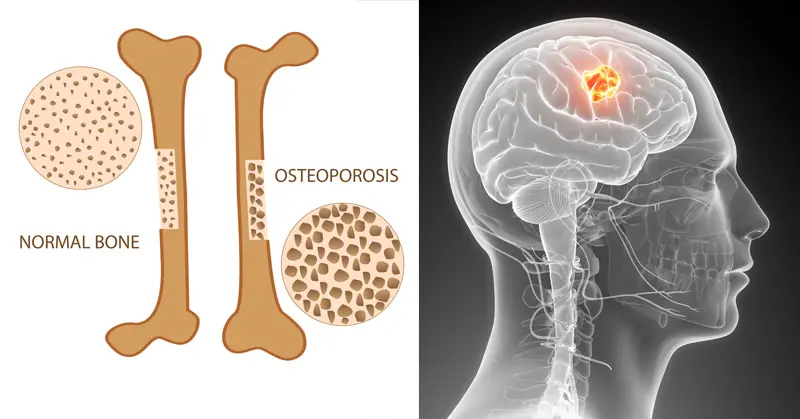
This Drink Destroys Your Bones From the Inside and Harms Every Organ on Its Way Out
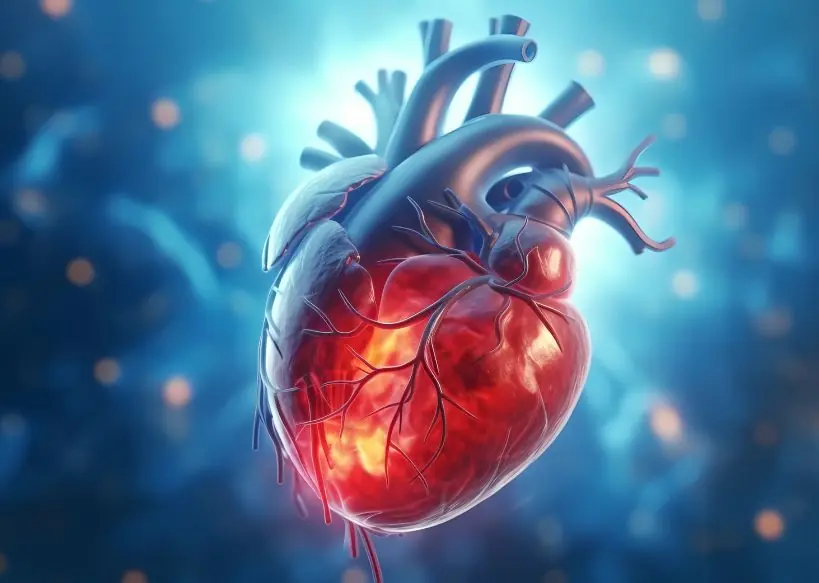
Stop Ignoring These 8 Subtle Signs of Heart Trouble Before It’s Too Late

1 Teaspoon of Baking Soda Can Do This to Your Body!

Still Waking Up Tired? This Simple 3g Bedtime Mix Beats Melatonin for Deep Sleep

Papaya releases a milky sap, but most people don’t realize how important it is
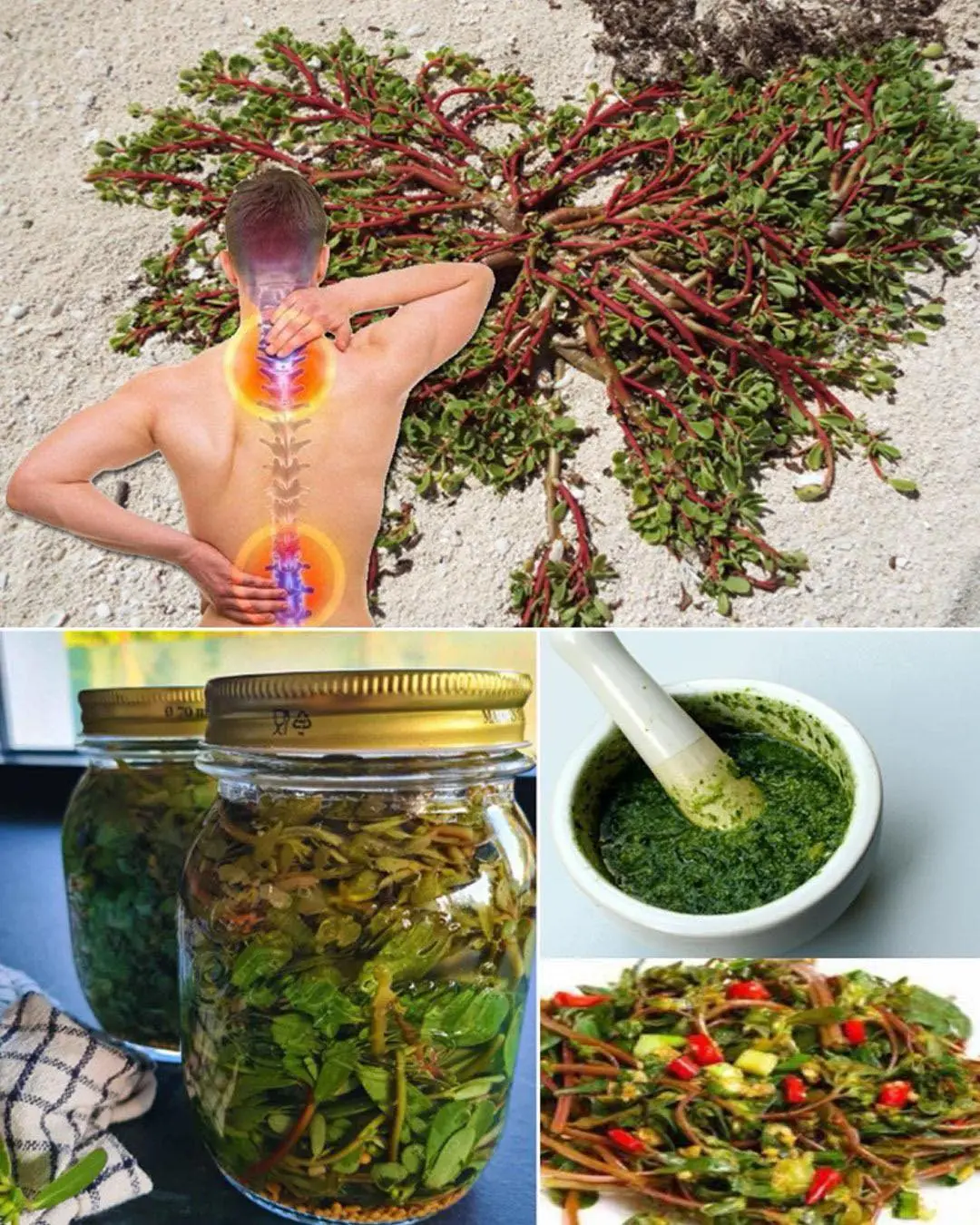
Purslane: The Superfood That Tastes Better Than Meat – 7 Reasons to Grow It in Your Garden

9 DIY Cucumber Trellis Ideas for Easy Harvesting and Maximized Garden Potential

Honey, Lemon, Onion, Garlic & Ginger: The Daily Spoonful That Works Wonders

Garlic, Honey, and Cloves – a powerful natural remedy packed with health benefits
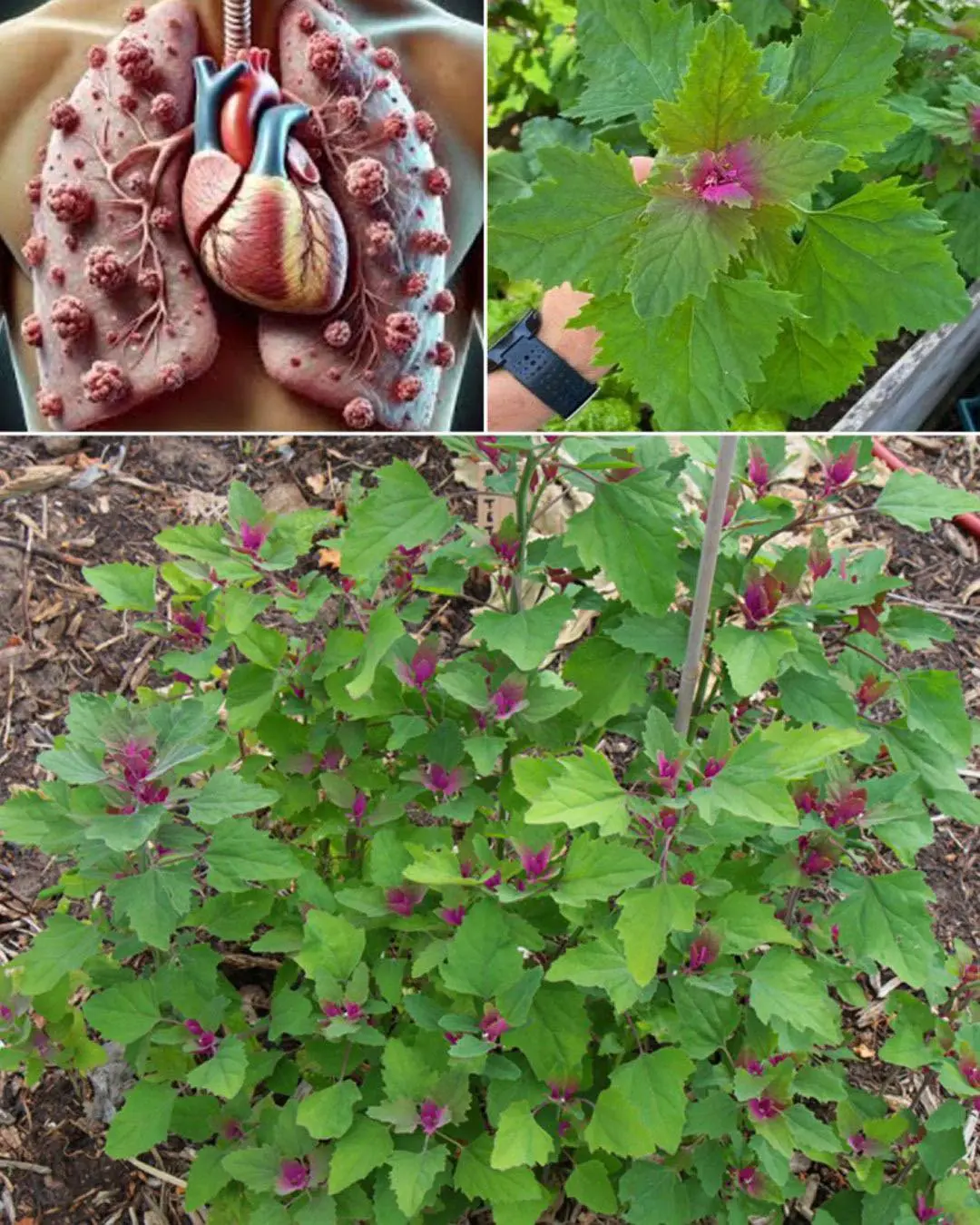
Discovering the Health Benefits of Lamb’s Quarters
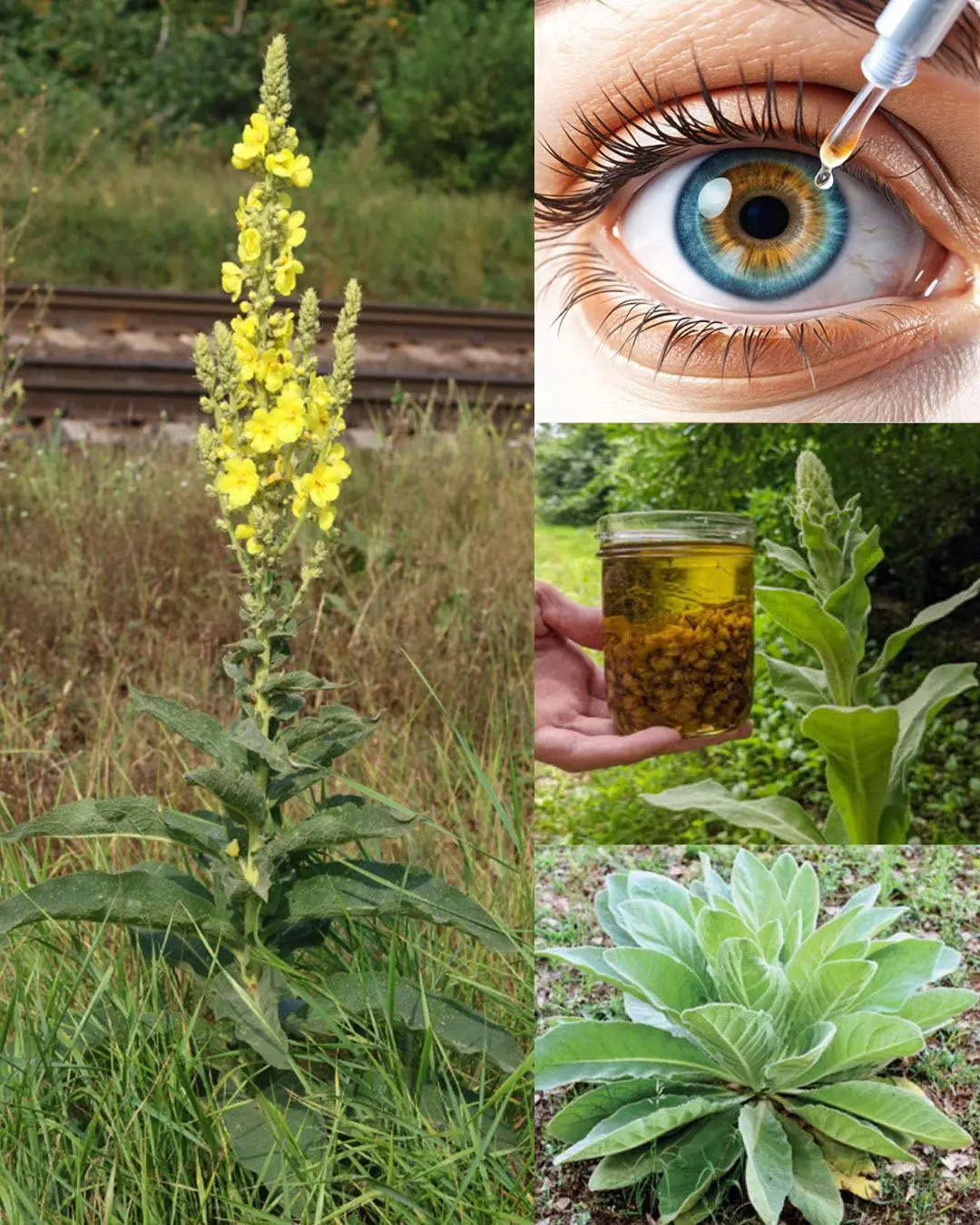
Common Mullein: Benefits and Uses of Nature’s Versatile Herb

12 Homemade fertilizers for plants easy to find at home

Is It Necessary to Unplug the Rice Cooker After the Rice Is Cooked?

Find All 7 Animals Hidden

6 Surprising Predictors of Divorce You Probably Overlooked
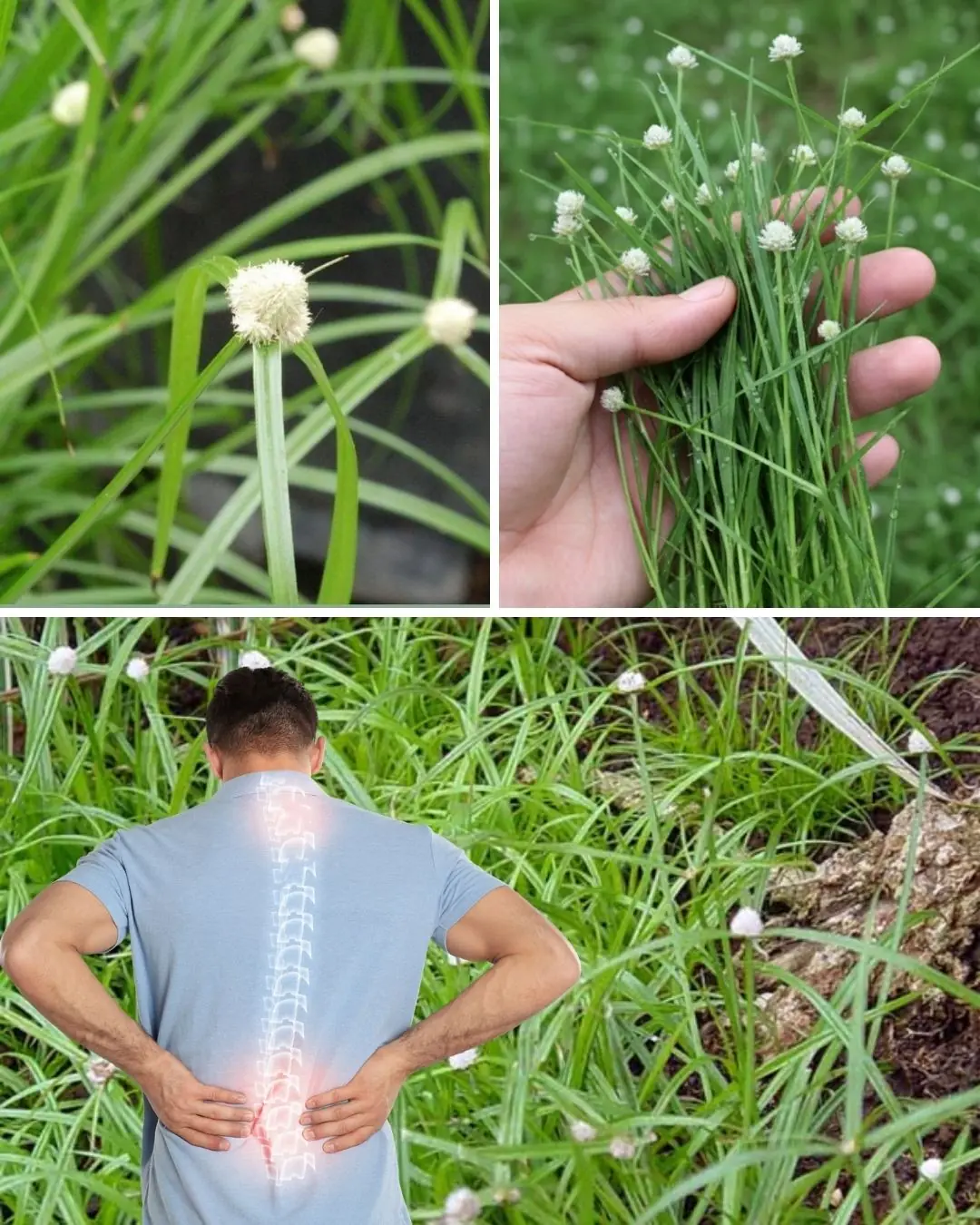
Cyperus Rotundus: The Ancient Herb with Modern Healing Power
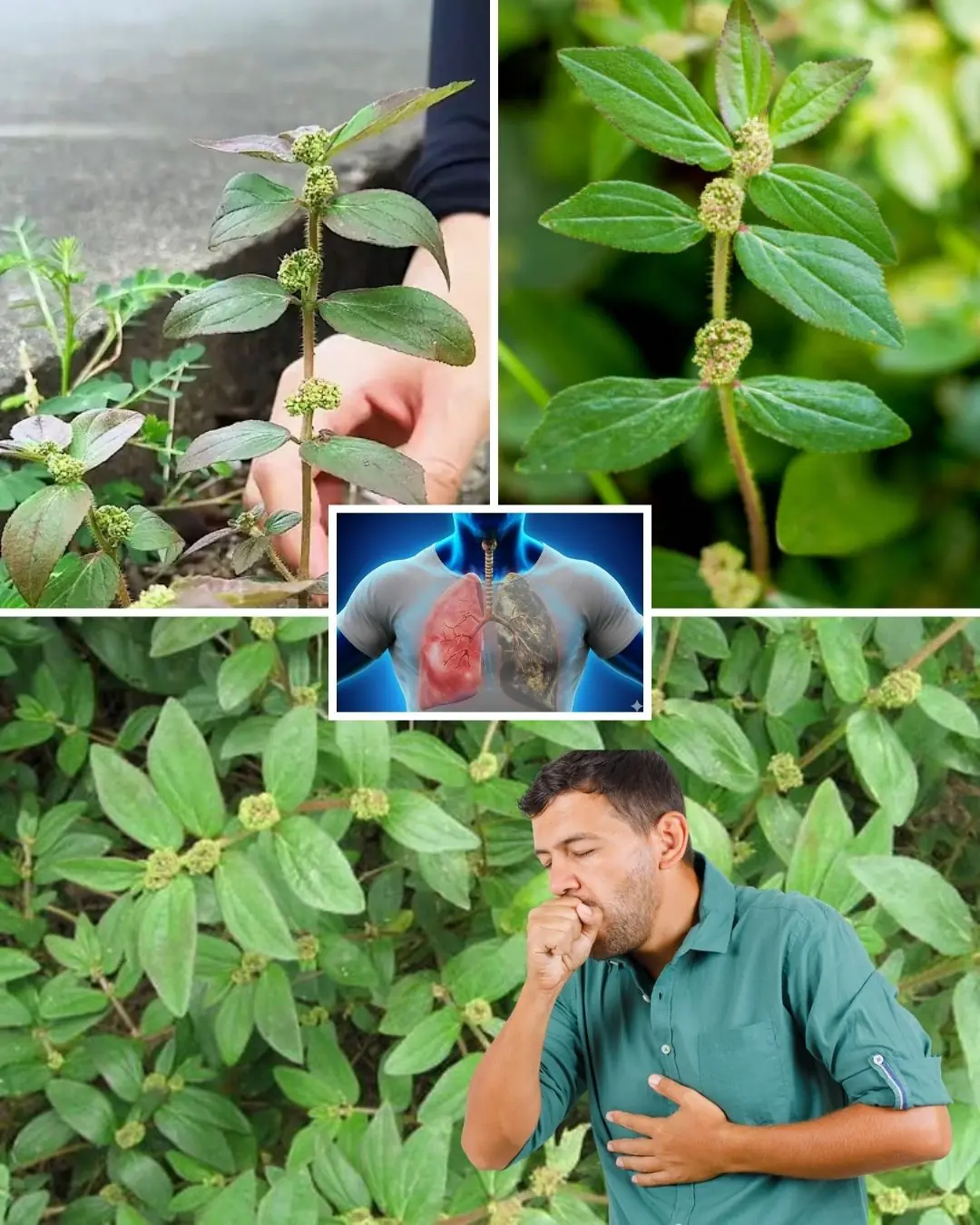
Euphorbia Hirta: 9 key health benefits of this versatile plant

Here’s How to Starve Cancer to Death By Removing One Thing From Your Diet

This Super Tea Kills Parasites And Cleanses The Body of Toxins
